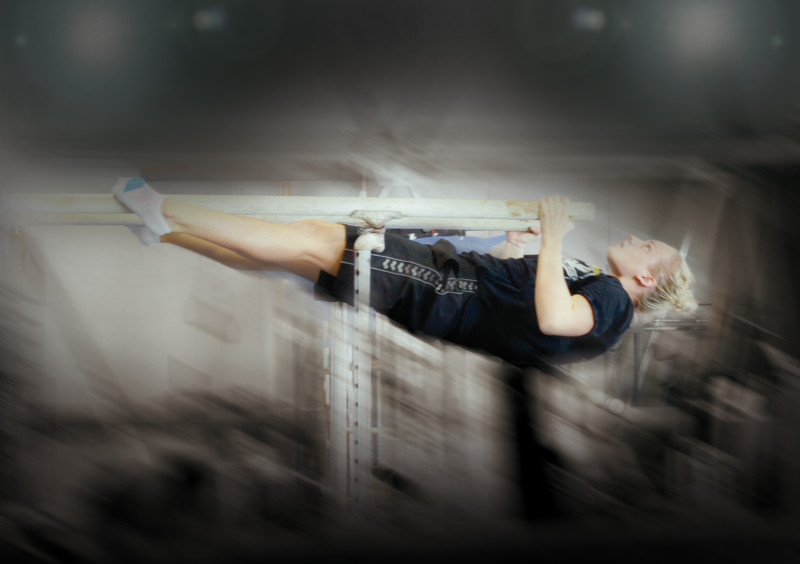Swimming and Gymnastics: a synergy for getting to the TOP
Gymnastics as a training aid for swimming. There is nothing strange about that, we are just talking about a revolutionary training method used by Andrea Di Nino for his team called ADN Swim Project.
A combining of two disciplines with the help of Stefano Laudadio, a professional in his field and one of the gymnastics trainers for the Italian National Team. They are working together on this new idea to help international athletes from ADN Project to get the best results possible.
Gymnastics and swimming would at first seem to be opposites. Why did you decide to incorporate gymnastics in your training sessions?
Di Nino: “I think it has plenty to offer for swimmers. For example, a sprinter needs to pay very careful attention to the aerial phase of the dive and there are specific exercises for the “flying” mid-air phase that can be performed indoors but nowhere else. Gymnastics really helps with explosiveness and power. It is also extremely important for developing body control and balance, factors swimmers often overlook.”

How did this idea come about? Did you get it from other teams or is it something new?
Di Nino: “Over recent years a new out-of-the-water training method has become popular that can be combined with conventional gym work. Something else interesting we have noticed is that lots of top-class athletes did gymnastics when they were young. So there is a kind of affinity between these two disciplines that is not obvious at first. That is why we decided to turn to an expert in this field like Stefano Laudadio.”
Is gymnastics for swimming particularly suited to one particular swim stroke or is it useful for all of them?
Laudadio: “We work on various different specific movements. Each piece of equipment serves its own precise purpose, so for example the body pull and swing phase of the rings is ideal for a butterfly swimmer, but other exercises on the rings can also be useful for other styles, like certain leg exercises for breaststrokers. We also use training on the high bar or parallel bars. Swimmers overlook lots of different things, such as control over their own body, something a gymnast would never do.”
Have you been working together long and what kind of results have you achieved so far?
Di Nino: “We began with a first group in January and in five months we have seen positive results in terms of body control and also improvements in muscular strength. The second group started in March and is following on nicely from the first group. This is a long-term project and we hope to see results first at the 2015 World Championships in Kazan and then the 2016 Olympics in Rio”.
And finally, what are your goals?
Di Nino and Laudadio: “Improve our PBs and be competitive at the highest levels in Rio”
—————
Written by:
Alessandro Foglio
Born in Novi Ligure in the province of Alessandria (ITALY) on 25th December 1987, he took up swimming when he was very young, taking part competitively until he was 21. That is when he began working as a swimming instructor, achieving second-level certification, and water polo trainer. After graduating from high school, he took a degree in the Faculty of Communication Sciences and has been writing for his local newspaper since 2012. He is also in charge of press relations for Derthona Nuoto Swimming Club. As a competitive swimmer his best result was a fourth-place in the 1500 m freestyle (and a seventh-place in the 400 m freestyle) at the 2006 Italian Youth Championships. He began competing in Masters races in 2011 and won the 4x50 m freestyle relay at the 2012 World Championships in Riccione. When he is not teaching or swimming in the pool, he spends his time writing or enjoying other sports like football, tennis and skiing.







